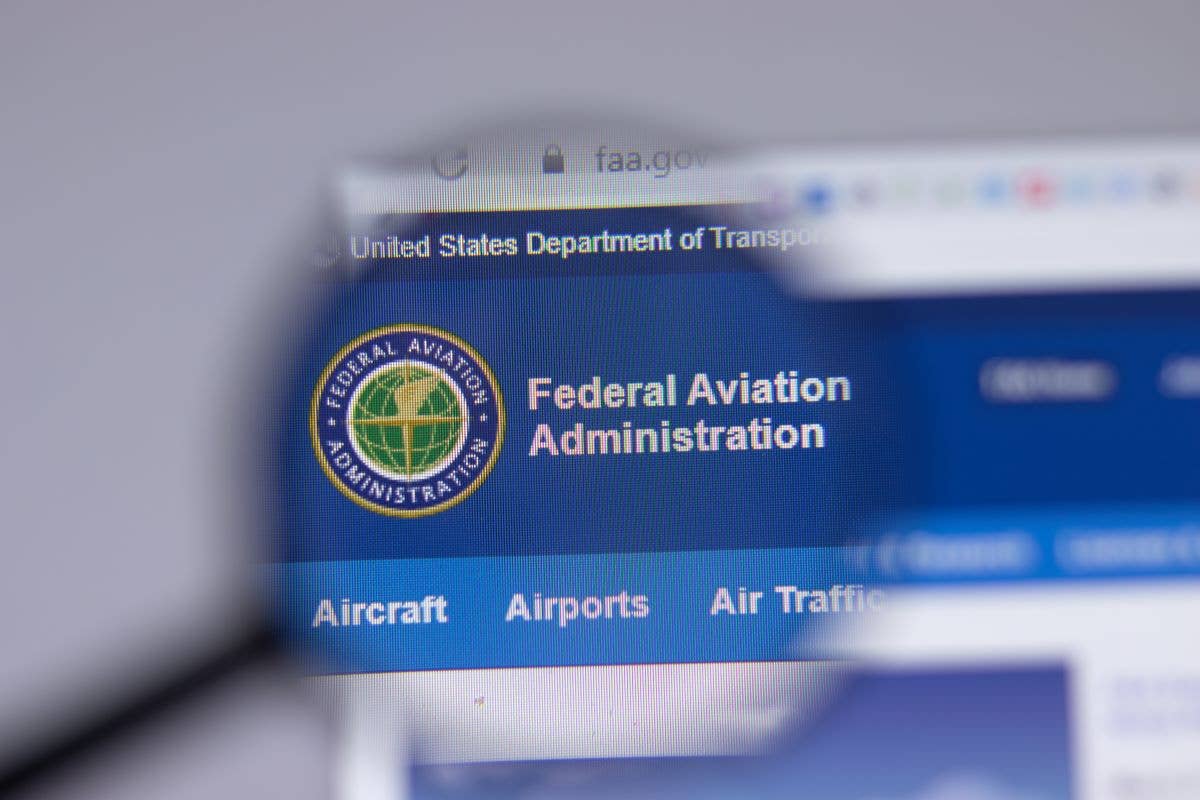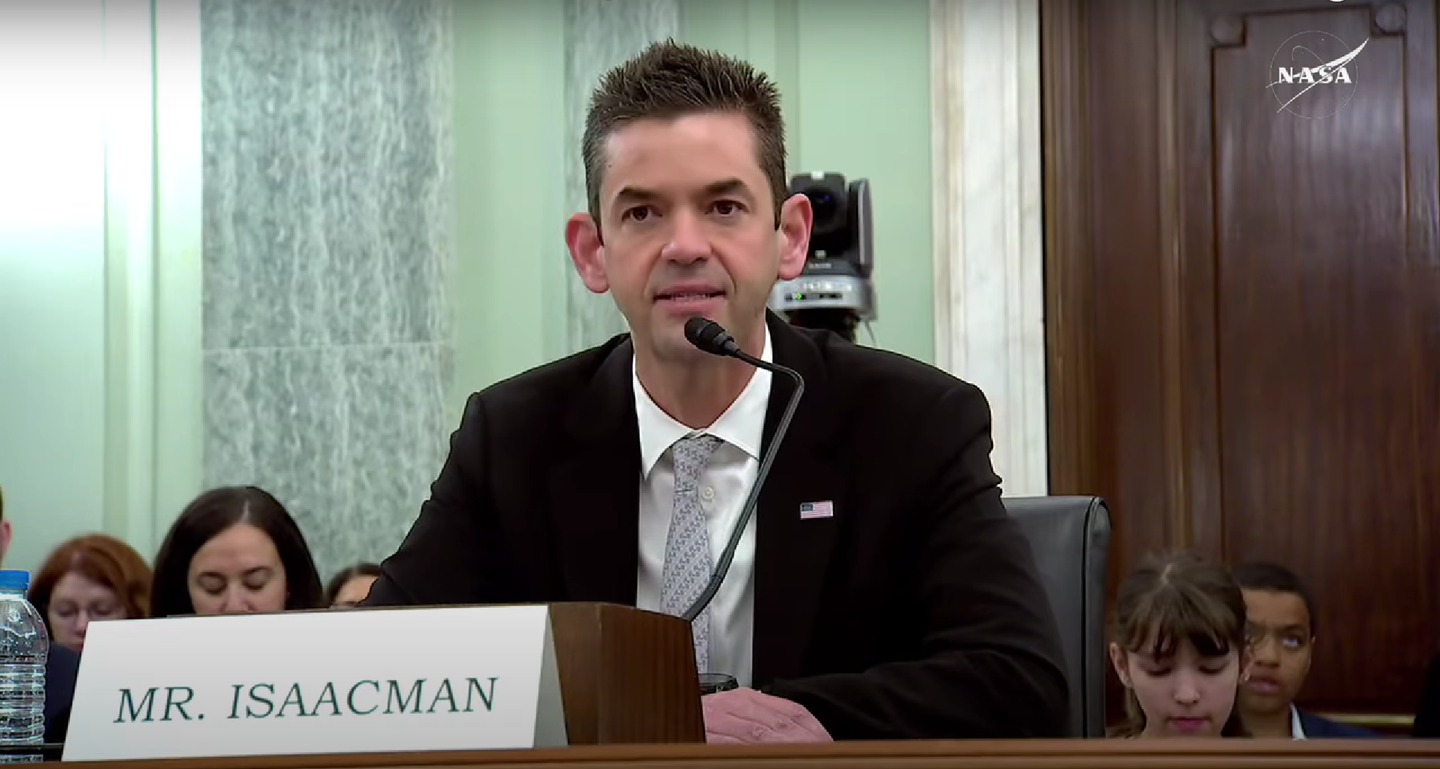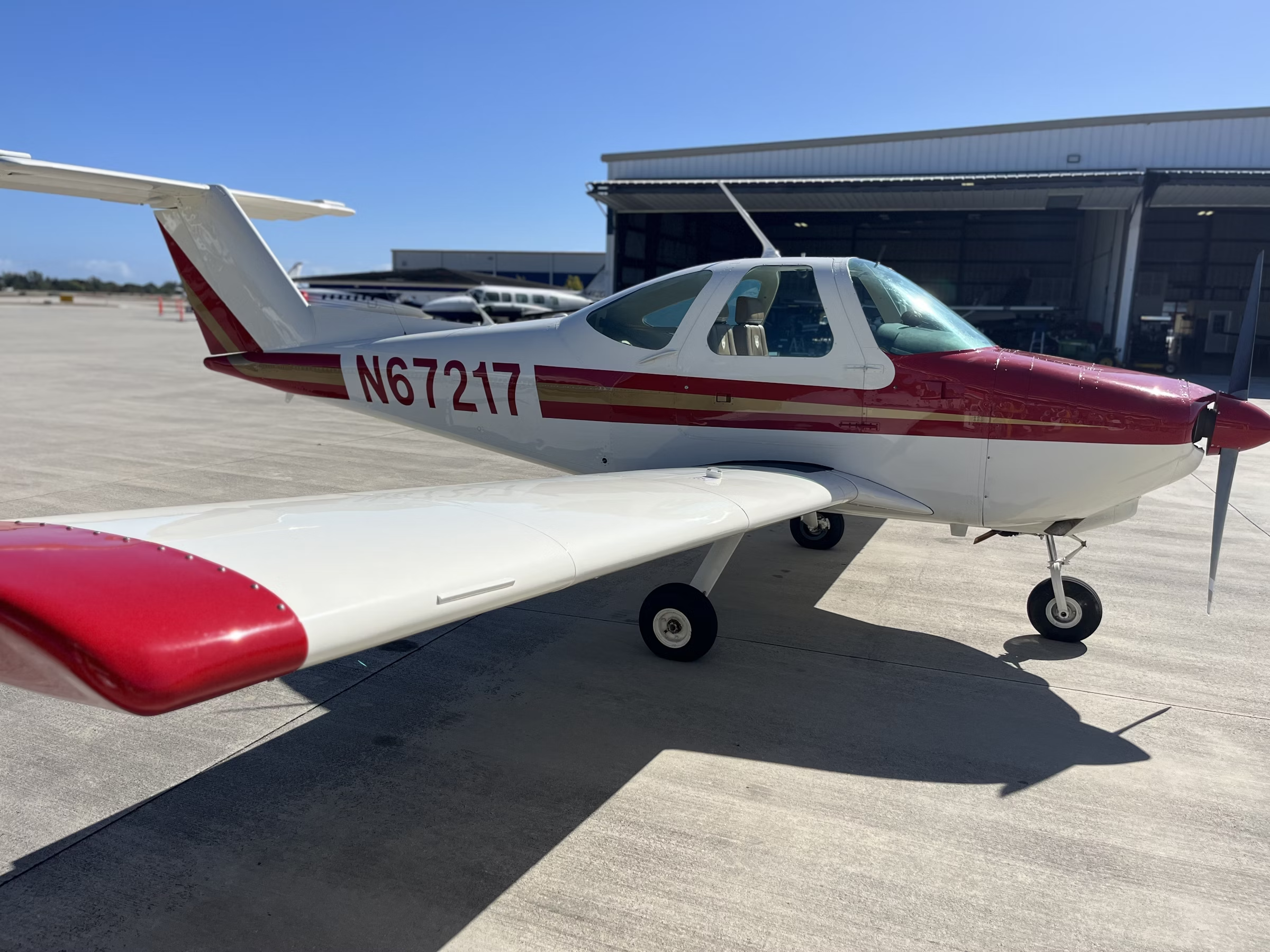FAA Winding Down Flight Service Frequencies
Mobile cockpit technology will be replacing radio-based services.

The FAA is considering a plan to decommission the Flight Service Station (FSS) network of communication frequencies through the contiguous U.S.—with the exception of those operating in Alaska. [Courtesy: Shutterstock]
When was the last time you contacted Flight Service over the radio? Apparently it is happening much less often, so much so that the FAA is considering a plan to decommission the Flight Service Station (FSS) network of communication frequencies through the contiguous U.S.—with the exception of those operating in Alaska.
The FAA published the Notice of Intent to close March in the Federal Register.
Flight Service Stations (FSS), the in-flight advisory service, was established in the 1980s, and according to the FAA, the infrastructure of 936 frequencies has had “little or no modifications since.” FSS are still found all over the United States, including Hawaii and Puerto Rico.
Generations of student pilots learned to find the appropriate frequency on the VFR sectionals and used them to open their flight plans—and they are still used today, with the memory aid of “122.2 will open the flight plan for you.”
According to the FAA’s Notice of Intent, “in the mid-1980s, Flight Service received 22,000 service requests per day across this network, while today they receive fewer than 300 per day.”
The agency noted that 40 years ago there were 350 Flight Service Stations in existence with over 3,000 employees. Today there are two with fewer than 200 flight specialists.
As portable cockpit technology such as electronic flight bags (EFBs) has evolved pilots have turned to other sources for the acquisition of information and filing of flight plans. Therefore, the number of pilots using the radio-based FSS has decreased and, according to the FAA, “there has not been an impact on safety.”
The agency’s Notice of Intent states that the cost of maintaining the FSS outweighs its use, and it is an issue it has been monitoring for years. A 2016 study on the use of FSS noticed that a great many FSS frequencies were seldom used, overlapping or duplicated.
It was also noted that often the remote communications outlets (RCOs) and FSS frequencies are tied to navigational aids such as VORs. Since 2016 the FAA has been slowly shutting down underutilized frequencies to save on maintenance costs estimated to be $2.5 million annually, which are paid for by U.S. taxpayers.
Decommissioning Plan
After the final rule is published, the FAA plans to decommission all remaining 936 RCOs in continental U.S. These RCOs are found on the FAA website and can be divided into RCOs that can be used by aircraft to contact a flight service station by transmitting and receiving on a common or discrete frequency, for example, 122.2, 122.5, etc. There are 764 of these RCOs in the CONUS.
The remaining 172 frequencies are co-located with VORs. Pilots can contact Flight Service by transmitting on a frequency (usually 122.1) and receiving on the appropriate VOR frequency.
The FAA noted that after decommissioning these RCOs, Flight Service will no longer provide in-flight advisory services in continental U.S., however, all emergency frequencies will continue to be monitored through air traffic control facilities.
Let the FAA Know What You Think
The FAA is interested in comments concerning the plan to decommission the remaining 936 RCOs.
“Users are welcome to include comments concerning any other aspect of your experience with Flight Service,” the agency states.
The FAA will file in the docket all comments it receives, as well as a report summarizing each substantive public contact with agency personnel concerning this action.
The FAA will consider all comments it receives on or before the closing date for comments. It will consider comments filed after the comment period has closed if it is possible to do so without incurring expense or delay. The agency may change this notice in light of the comments it receives.
The deadline for comments is May 27.
Editor's Note: This story was updated.

Sign-up for newsletters & special offers!
Get the latest FLYING stories & special offers delivered directly to your inbox






